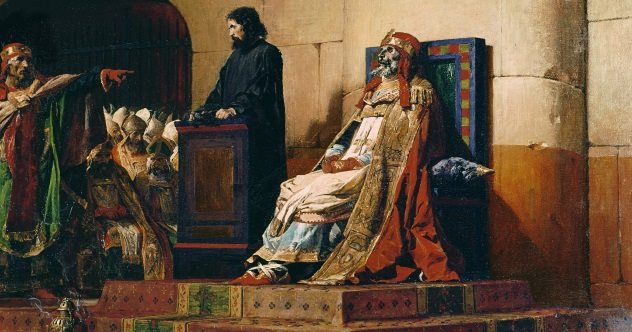Life is short. We have only a certain number of years to make an impact on the world before Fate snatches us away. But some figures of history have continued to shape the world, even after they leave it behind. Some have made great intellectual achievements, others have journeyed across the oceans, and a few have even eluded attempts at post-mortem kidnapping.
10 People Who Were Executed And Lived To Tell The Tale
10 Abraham Lincoln foiled the theft of Abraham Lincoln’s body

The state of Illinois is famous for being the home of both “Honest Abe” Lincoln, and massively successful organized crime gangs. These two divergent traits converged in 1876, when a group of counterfeiters in Chicago hatched one of the most bizarre ransom schemes of all time. Led by “Big Jim” Kennally, the gang decided to steal the body of Abraham Lincoln (buried in Springfield, Illinois) and use it as a bargaining chip to demand the release of their imprisoned engraver, Benjamin Boyd.
But Kennally’s underlings made a critical error by inviting a government informant, Lewis Swegles, to help snatch the body. After failing to lift the 500 pound coffin, the group fled Lincoln’s tomb empty-handed when they heard a policeman’s gun misfire outside. Arrests followed soon after. Perhaps the most interesting part of the story is that Lincoln indirectly stopped the theft of his own body. Swegles, the informant, reported to the Secret Service, a federal agency formed originally not to protect the president, but to combat counterfeiting. Which president signed the legislation that created the Secret Service? None other than Abraham Lincoln.
9 George Washington nearly lost his head because he didn’t leave Mount Vernon

Lincoln was not the first president to be the victim of an attempted grave robbery. After George Washington’s death in 1799, he was promptly buried among his family members at Mount Vernon, as specified in his will. But the federal government had plans to move him to a public memorial in the city that bears his name. Despite Martha Washington’s approval, the project was delayed by Congressional inertia and so he stayed in the decaying family vault. This nearly ended in disaster in 1830. A grave robber broke into the Washington family crypt, hoping to steal the dead president’s skull. Nobody is sure who did it or why, but some sources indicate it was a disgruntled employee. A gardener at Mount Vernon had been fired by Washington’s heir, John Augustine Washington, and wanted revenge.
Fortunately or unfortunately, many of the coffins had rotted away and several Washington skeletons were mixed together on the floor. The robber took the wrong skull and was apprehended soon after. George and his family were transferred to a new tomb at Mount Vernon. But Congress requested the remains again, with Washington’s Tomb in the Capitol finally under construction. But John Washington refused to give up the body, and it stayed at Mount Vernon. Washington’s Tomb in Washington remained empty.
8 A radical philosopher lived out his ideals, even in death
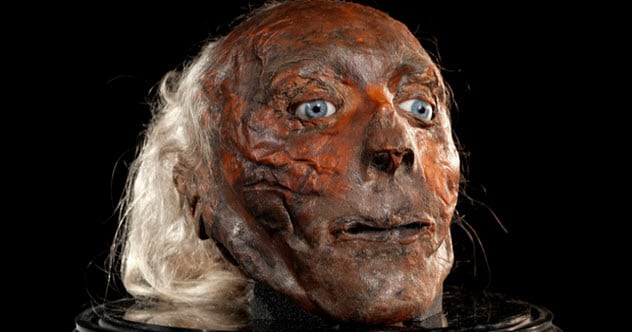
The British philosopher Jeremy Bentham was not a man afraid to think and say some pretty controversial stuff. He firmly believed that all human action should be focused on maximizing “the greatest happiness of the greatest number”. That may sound simple, but this belief led him to conclusions about religion, criminal justice, and gay rights that were highly unusual for the era. Bentham also considered it his duty to advance human happiness, post-mortem.
Bentham’s will, written shortly before he died in 1832, left detailed instructions to achieve that goal. Bentham’s body was publicly dissected for the sake of science and then mummified. Nobody really knows what his exact motivation for that was. His will envisions his friends having regular social gatherings with the corpse. Eventually though, the body ended up in the possession of University College London, where it remains on display today.
7 An Ancient Roman politician made one last public “speech”
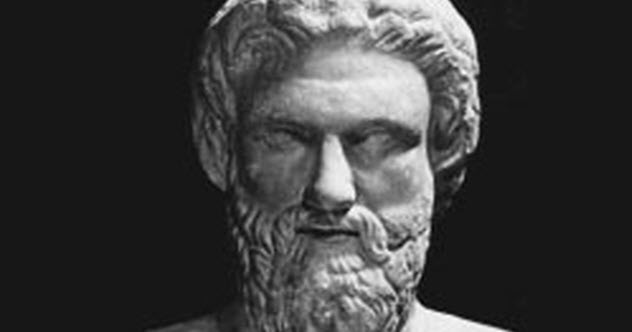
Marcus Tullius Cicero devoted his life to preserving the republican institutions of Ancient Rome. Naturally, this made him numerous enemies among those wanting to destroy Rome’s traditional institutions and seize power for themselves. Following the assassination of the dictator Julius Caesar, Rome was in total chaos, divided by numerous factions fighting for control. Mark Antony hoped to position himself as Caesar’s successor.
Cicero of course wanted a return to the good old days, when Rome was ruled by wise and selfless men. In the Roman Senate he delivered a series of speeches denouncing Mark Antony and calling for a return to Rome’s old traditions. Antony was so outraged that he ordered Cicero to be murdered. He gave special instructions to the assassins to cut off Cicero’s head and hands. The body parts were then nailed to the speaker’s podium in the Senate, as a macabre warning to all Antony’s enemies.
6 An exiled Italian poet never returned home
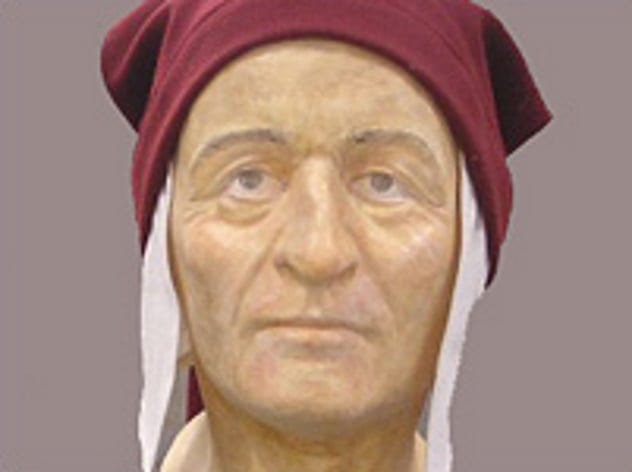
Dante Alighieri’s Divine Comedy, portraying the author’s fictional journey through hell, purgatory, and heaven, was recognized as a masterpiece almost immediately. Its influence on later Italian literature was so immense that Dante has been called the Father of the Italian language. So it’s only natural that his hometown of Florence would treasure the remains of the great poet.
There was only one problem. Italy in those days was a pretty nasty and chaotic place, and Dante had been exiled by the Florentine government. He was in Ravenna in 1321 when he died, and was buried there. Florence’s leaders had second thoughts soon after and wanted Dante to come home.
In 1519 the Florentines sent a delegation with papal permission to take the body home. But after digging him up, they found Dante’s coffin was empty. The friars at Ravenna had cleverly hidden his bones in their monastery. The delegation went home empty handed. In 1781 a mausoleum in Ravenna was built to publicly honor the dead poet, where his body remains today. But the city of Florence still hasn’t given up. In the Basilica of Florence there is an empty tomb that patiently awaits Dante’s final homecoming.
5 Einstein’s brain continued making contributions to science, even after he died
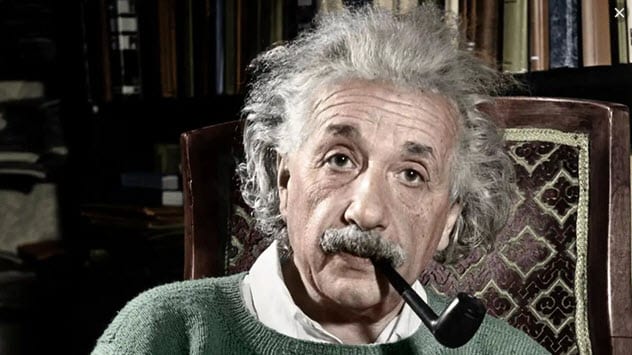
Albert Einstein is universally acknowledged to be one of the most towering scientific minds of all time. It’s not surprising then, that people would want to figure out exactly how his magnificent brain worked. After he died in 1955, his brain was taken out, sliced up, and distributed among scientists to study. Sounds creepy, right? To make matters worse, it’s not entirely clear that anyone named Einstein wanted this to happen. The ambitious doctor who performed the autopsy took the brain out before telling the family.
Nevertheless, Einstein’s son consented to the idea after some initial anger. Numerous scientific papers have since been written about the alleged peculiarities of Einstein’s brain. But other scientists insist that every human brain is in some ways unique, and what caused Einstein’s genius is probably unknowable. As with most issues in science, the debate is likely to continue.
4 The creator of Star Trek finally made it to the final frontier

Gene Roddenberry’s life was an adventure by any definition. After flying B-17 bombers during World War II, he became a Hollywood screenwriter and created Star Trek, one of the most successful media franchises of all time. But one ambition always eluded him. He never personally made it to the starry sky above that he dreamed and wrote about. That is, he never made it while he was alive.
He finally got the chance in 1992 when a portion of his ashes flew aboard the space shuttle Columbia and then returned to earth. 5 years later another portion of Roddenberry’s remains was launched into earth orbit by a private company. However, by 2002, that spacecraft came crashing back to earth and disintegrated upon reentry.
3 The corpse of a medieval pope went on trial
Whilst mystical, the Catholic Church is also a human institution, and thus is affected by the ambitions and even the madness of human beings. One 9th century pope, Formosus, could not even escape the political controversies of the day after he was dead. It all started when Formosus was still a cardinal under Pope John VIII. Formosus and John were on opposite sides of a dynastic struggle, so John had him excommunicated on various trumped-up charges. After John’s death his successor Marinus restored Formosus to his previous position. A few years later, Formosus himself became pope.
Unfortunately for him, the political enemies made before and during his papacy didn’t give up after Formosus died. His successor, Stephen VI, literally dug up his corpse and metaphorically dug up the old accusations against him. The body of Formosus, dressed in his papal vestments, was put on trial. Stephen found the “defendant” guilty, and declared his entire papacy retroactively void. Formosus’s vestments were torn off and his body thrown into the Tiber River. Subsequent popes alternated between condemning or supporting Stephen’s bizarre actions, and the chaos continued.
2 Christopher Columbus never stopped voyaging around the world
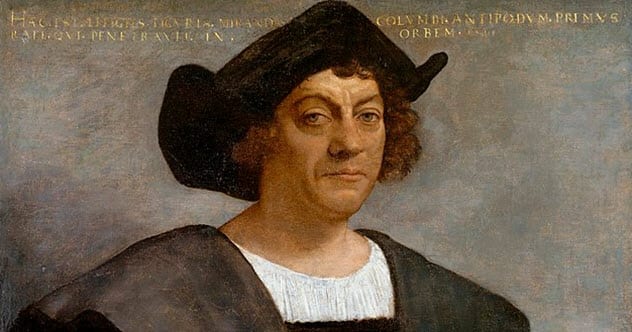
Christopher Columbus died in Valladolid, Spain in the Old World. His wish was to be buried in the New World, but there were no churches considered suitable to house his remains. When the Cathedral of Santo Domingo (in Spain’s Caribbean Empire) was complete, Columbus was moved there. But when Spain lost control of Santo Domingo in 1795, he was moved to another part of the Spanish Caribbean, Havana, Cuba. About a century later, Spain lost Cuba as well, and Columbus was moved back across the Atlantic. Today he rests in the Cathedral of Seville, Spain.
Or does he? The story gets more complicated in 1877, when workers in the Santo Domingo cathedral found a lead box filled with human bones. The box was labeled with Columbus’s name in Spanish. Subsequent DNA testing has confirmed the remains in Seville are of Christopher Columbus, but it’s entirely possible that part of the body was left in Santo Domingo. It would be fitting if Christopher Columbus had two graves, one in the Old World and one in the New.
1 Captain James Cook was a sacred relic to the people who murdered him
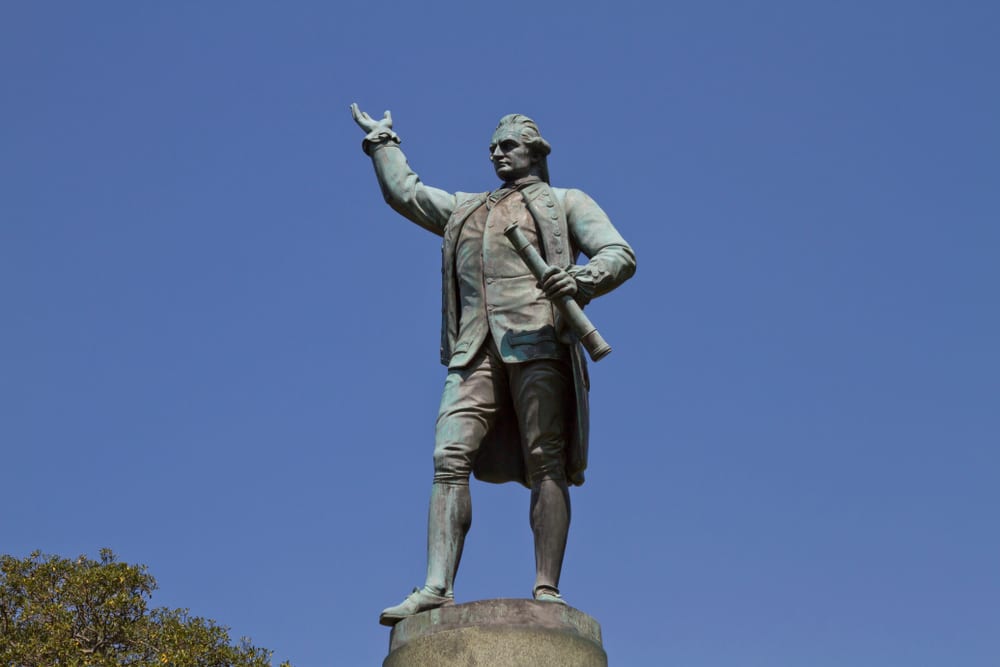
Nearly three centuries after Columbus, a British explorer named James Cook was sent by his government to explore the unknown. He mapped huge areas of the world that had previously been shrouded in mystery. But his voyages ended in gruesome fashion in Hawaii.
Relations between the British and the native Hawaiians were good at first. They believed Cook and his men were gods…until one of them died. Relations quickly soured after that. The Hawaiians stole one of his boats. Then, a battle erupted on the beach and Captain Cook was brutally beaten and stabbed to death.
Nevertheless, the Hawaiians were still in awe of the man they had just killed. They cooked his body to remove the flesh, believing that a man’s power lay in the bones. After about a week, Captain Cook’s skeleton was returned to his crew, who buried it at sea. But, there have been strange rumors that some of his bones were kept in Hawaii, treasured as sacred relics by the natives of the island and perhaps even used to make weapons.
10 People Who Died Ridiculous Deaths
About The Author: Kyle D. Walter is a writer who loves to make his audience laugh, learn, and think. He is the author of the comedic novel, Six Days in the Life of David Vallejo, which can be found here.
